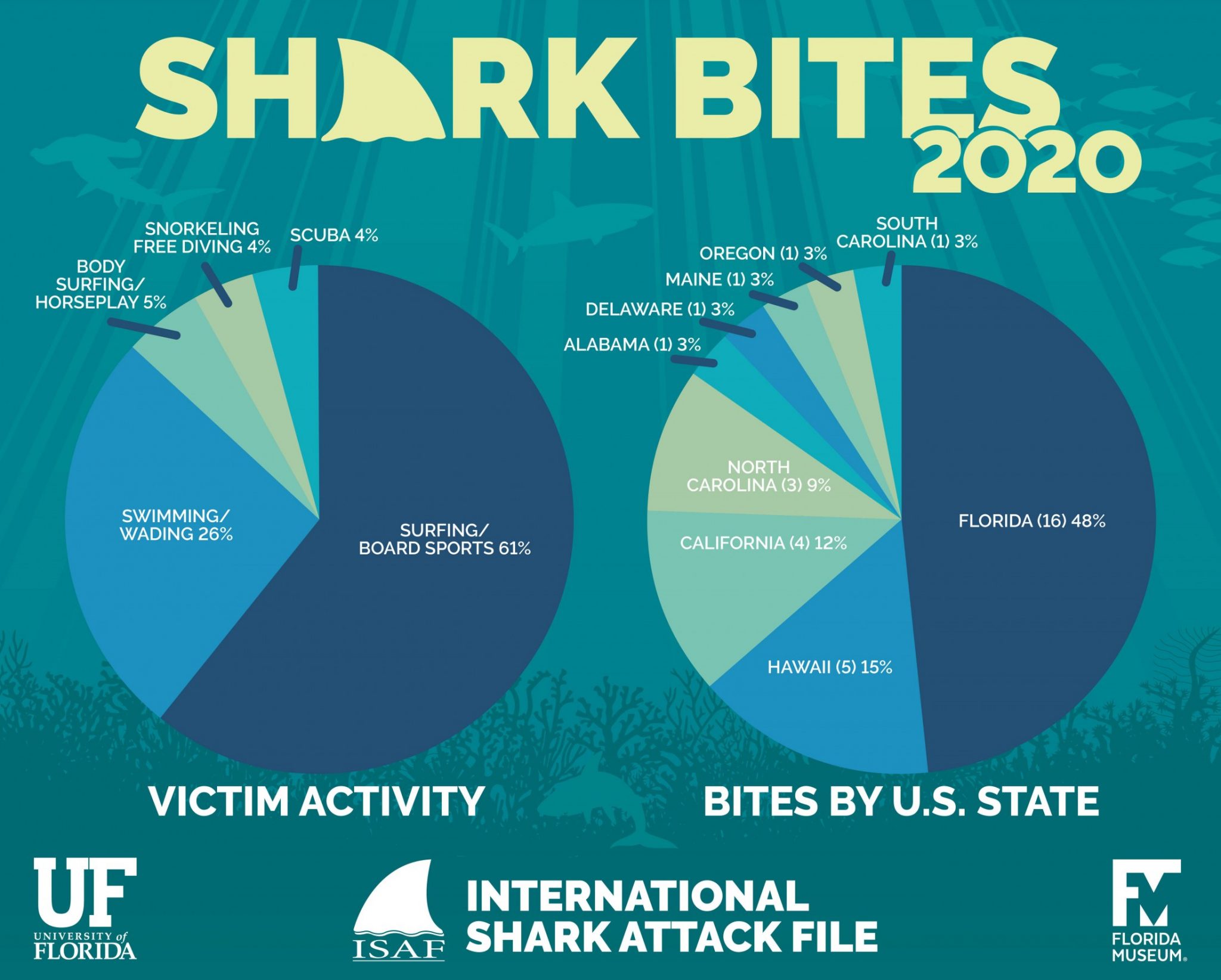Shark Attack Indonesia: The Truth Behind The Bite
When you think of Indonesia, what comes to mind? Stunning beaches, vibrant coral reefs, and yes... sharks. But are these majestic creatures really the bloodthirsty monsters they're often portrayed as? Let's dive into the world of shark attacks in Indonesia and uncover the facts behind the headlines.
Shark attack Indonesia might sound like a scary topic, but it's important to understand the reality before hitting the panic button. These incidents, though rare, do happen, and they often make big waves in the news. But are they as common as people think?
In this article, we're going deep into the waters of shark behavior, statistics, and safety tips. Whether you're a traveler planning your next Indonesian adventure or simply curious about the ocean's top predators, you'll find everything you need to know right here. Let's get started!
- Kannada Movies 2024 Movierulz Free Downloads Watch Legally
- Movierulz 2025 Your Guide To South Indian Cinema Legal Sites
Here's the scoop—this article is packed with info, so we've made it easy for you to jump straight to what matters most. Check out the table of contents below:
- Biography of Indonesia's Shark Encounters
- Shark Attack Statistics in Indonesia
- Common Shark Species in Indonesian Waters
- Safety Tips to Avoid Shark Attacks
- Busting Myths About Shark Attacks
- Environmental Factors Influencing Attacks
Biography of Indonesia's Shark Encounters
Indonesia is a paradise for marine life enthusiasts, but it’s also home to some of the world’s most fascinating shark species. Let's take a closer look at the country's history with sharks and the occasional encounters that have made headlines.
Data Overview
| Year | Location | Shark Species | Outcome |
|---|---|---|---|
| 2015 | Bali | Tiger Shark | Non-Fatal |
| 2019 | Raja Ampat | Blacktip Reef Shark | Non-Fatal |
| 2021 | Gili Islands | White Tip Reef Shark | No Injury |
Indonesia's waters are teeming with life, and while shark attacks are rare, they do occur. The key is understanding the context and learning how to coexist with these incredible animals.
- Kannada Movies 2023 Watch Online Download Movierulz Guide
- Kannada Movies 2025 Watch Online Vs Movierulz Risks Legal Options
Shark Attack Statistics in Indonesia
So, how common are shark attacks in Indonesia? Let's crunch the numbers. According to the International Shark Attack File (ISAF), shark attacks in Indonesia are relatively infrequent compared to other popular beach destinations.
- From 2000 to 2023, there have been approximately 30 reported shark attacks in Indonesian waters.
- About 70% of these attacks were non-fatal, highlighting the fact that most encounters are not deadly.
- Interestingly, the majority of attacks occur in shallow waters near popular tourist spots, where human activity is highest.
These stats might sound alarming, but when you consider the millions of people who enjoy Indonesia's beaches every year, the risk becomes incredibly small. It's all about perspective, folks!
Common Shark Species in Indonesian Waters
Indonesia boasts some of the most diverse marine ecosystems on the planet, and with that comes a wide variety of shark species. Here are a few you might encounter:
Top 5 Shark Species in Indonesia
- Tiger Shark: Known for their distinctive striped pattern, these sharks are often found in shallow waters.
- Hammerhead Shark: Famous for their unique head shape, hammerheads are a common sight in Raja Ampat.
- Blacktip Reef Shark: A smaller species that's often seen around coral reefs and is generally harmless to humans.
- Whale Shark: The gentle giants of the sea, whale sharks are filter feeders and pose no threat to humans.
- White Tip Reef Shark: Often spotted resting on the ocean floor, these sharks are shy and avoid human contact.
Each of these species plays a vital role in maintaining the balance of Indonesia's marine ecosystems. Understanding their behavior can help reduce the likelihood of negative interactions.
Safety Tips to Avoid Shark Attacks
Now that we know more about shark attacks in Indonesia, let's talk about how to stay safe. Here are some practical tips to keep in mind:
Stay Safe in the Water
- Avoid swimming at dawn or dusk when sharks are most active.
- Don't wear shiny jewelry or brightly colored clothing that might attract sharks.
- Stay in groups and avoid isolated areas where sharks might feel threatened.
- If you see a shark, remain calm and slowly swim back to shore without splashing excessively.
Remember, sharks are more scared of us than we are of them. By respecting their space and following these guidelines, you can enjoy the ocean safely.
Busting Myths About Shark Attacks
There are a lot of misconceptions out there about sharks and their behavior. Let's clear up some of the biggest myths:
Myth vs Reality
- Myth: Sharks are always looking for humans to eat.
Reality: Sharks rarely target humans. Most attacks are cases of mistaken identity, where the shark mistakes a human for its usual prey. - Myth: All sharks are dangerous.
Reality: Most shark species are harmless to humans. In fact, many are critically endangered and need our protection. - Myth: Shark attacks are on the rise.
Reality: The number of shark attacks has remained relatively stable over the years. Increased media coverage might make it seem like they're more common.
Armed with the right information, we can start to change the narrative around sharks and promote conservation efforts.
Environmental Factors Influencing Attacks
Shark behavior is influenced by a variety of environmental factors. Understanding these can help us better predict and prevent potential encounters.
Key Environmental Factors
- Water Temperature: Warmer waters can attract more sharks, especially during certain times of the year.
- Weather Conditions: Stormy weather can stir up the water, making it harder for sharks to distinguish between prey and humans.
- Fishing Activity: Areas with high fishing activity might attract sharks due to the presence of bait and discarded fish.
By paying attention to these factors, we can make informed decisions about when and where to swim, reducing the chances of an encounter.
Conservation Efforts in Indonesia
Indonesia is leading the charge in shark conservation, implementing measures to protect these vital creatures. From creating marine protected areas to banning shark finning, the country is taking significant steps to ensure the survival of its shark populations.
Local communities are also getting involved, promoting eco-tourism and raising awareness about the importance of sharks in maintaining healthy ocean ecosystems.
Traveler's Guide to Shark-Safe Adventures
If you're planning a trip to Indonesia, there are plenty of ways to enjoy the ocean while minimizing risks. Here are a few tips for travelers:
Plan Your Adventure Wisely
- Research your destination and check for any recent shark activity reports.
- Choose beaches with lifeguards and follow their advice on water safety.
- Consider joining a guided snorkeling or diving tour with experienced professionals.
By being proactive and informed, you can have a fantastic experience without unnecessary worries.
Final Thoughts
Shark attack Indonesia might grab headlines, but the reality is that these incidents are rare and often misunderstood. By educating ourselves about shark behavior, following safety guidelines, and supporting conservation efforts, we can coexist peacefully with these incredible creatures.
So, the next time you're lounging on a beautiful Indonesian beach, remember that the odds of encountering a shark are incredibly slim. Instead of fearing them, let's appreciate the vital role they play in our oceans.
And hey, if you've made it this far, why not leave a comment or share this article with your friends? Together, we can spread the word about sharks and help protect them for future generations.



Detail Author:
- Name : Mrs. Betty Wyman
- Username : douglas.gerald
- Email : francisca.pollich@yahoo.com
- Birthdate : 2002-03-27
- Address : 83163 Donald Creek Suite 872 Hintzborough, DC 87659-1817
- Phone : 1-239-621-5970
- Company : Gorczany, Dietrich and Padberg
- Job : Rock Splitter
- Bio : Sequi illum dicta vel animi. Optio dicta deleniti est voluptates quod atque dolorum. Voluptas qui animi molestiae mollitia provident non quasi. Magni nulla dolore eum aliquid magni neque libero ex.
Socials
facebook:
- url : https://facebook.com/iolson
- username : iolson
- bio : Sint perferendis nostrum aperiam et.
- followers : 3204
- following : 1298
tiktok:
- url : https://tiktok.com/@olsoni
- username : olsoni
- bio : Labore autem tempora tenetur eos similique natus fugiat.
- followers : 591
- following : 2385
twitter:
- url : https://twitter.com/olson2017
- username : olson2017
- bio : Architecto a et reprehenderit ut. Omnis nemo id omnis excepturi ut ipsum omnis hic.
- followers : 2975
- following : 2708
linkedin:
- url : https://linkedin.com/in/ines.olson
- username : ines.olson
- bio : Iusto aut nulla dignissimos suscipit modi aut.
- followers : 5342
- following : 1634
instagram:
- url : https://instagram.com/ines3426
- username : ines3426
- bio : Voluptates qui corrupti itaque. Tempora non repellendus natus doloribus modi.
- followers : 2634
- following : 13